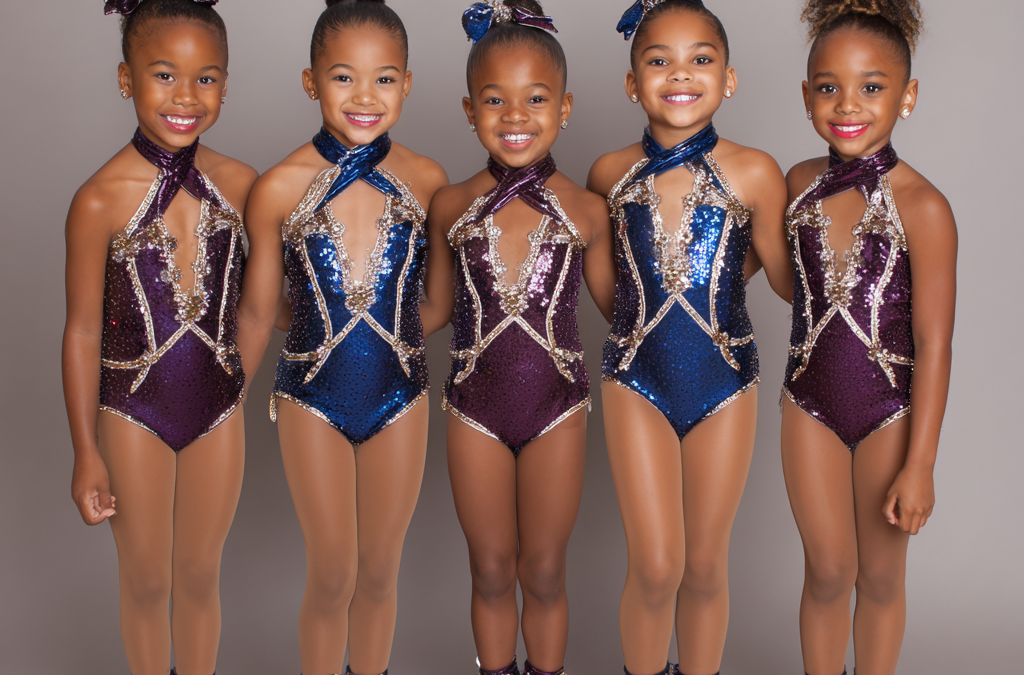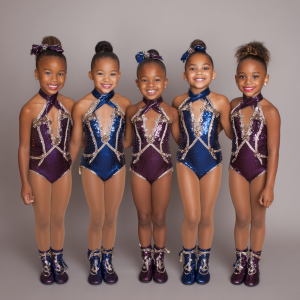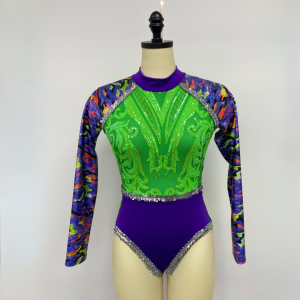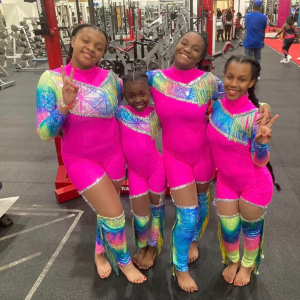If you’ve ever wondered whether the littlest majorette dancers—typically ages 5 to 7—should be performing slow dances, you’re not alone. A recent Facebook post is gaining attention and people are chiming in with their opinions. This post from 2022 got a lot of responses, showing this topic has been debated for a while.
According to AAU standards, Mini teams (7 & under) are limited to medium and fast-tempo routines only, with slow stands explicitly not allowed in competition. This guideline exists to protect young dancers’ development and keep routines age-appropriate.
But outside the rulebook, the question still lingers: Could a slow dance moment ever be right for minis? Let’s look at the pros, cons, and best practices.
The Case for “No Slow Dances”
1. Safety & Physical Readiness
At ages 5–7, dancers are still developing balance, muscle control, and endurance. Slow dances often require sustained movements, controlled transitions, and a level of emotional expression that’s challenging for minis. Fast and medium tempos, on the other hand, keep the energy high and match what young bodies naturally do best.
2. Competition Standards
Most majorette competitions—including AAU—don’t allow minis to perform slow stands at all. Teams that attempt it could face deductions or disqualification. For groups aiming to compete seriously, the safest path is to stay within the rules.
The Case for Carefully Introduced Slow Elements
1. Building Musicality
Slow movements help dancers learn to connect with music in a deeper way—feeling pauses, controlling breath, and understanding emotion. Even at a young age, minis can start practicing this skill in small doses.
2. Variety & Expression
While fast routines thrill the crowd, inserting even a very short slow section (in a showcase, not competition) can showcase a different side of the dancers. It keeps performances dynamic and gives young dancers a chance to try something new.
3. Studio Growth vs. Competition Rules
For non-competitive settings—like studio recitals, exhibitions, or halftime shows—directors have more flexibility. In those cases, a brief slow section with simplified choreography can be a great teaching tool.
Best Practices for Coaches & Parents
- Stick to the Rules in Competition: Minis should not do slow dances in sanctioned events like AAU.
- Use Slow Moments in Practice: Teach musicality and control with slowed-down drills or short choreography segments.
- Keep It Short & Simple: If including slow elements in a recital, limit them to a few counts and use basic, age-appropriate moves.
- Focus on Fun: Remember, minis thrive when they feel successful and excited. Choose tempos and choreography that keep their confidence high.
So, should minis do slow dances?
The official answer is no—not in competition. The guideline is there for good reason: it keeps routines safe, fun, and developmentally appropriate.
But in the studio or on stage outside competition, carefully introducing slow elements can be valuable. Think of it as planting a seed—helping young dancers grow their musicality and expression while still honoring the joy and energy that makes minis so fun to watch.
Your Turn: Do you think minis should stick strictly to fast tempos, or can slow moments add value? Share your thoughts in the comments below—we’d love to hear from coaches, parents, and dancers!

Subscribe for more hot topics











